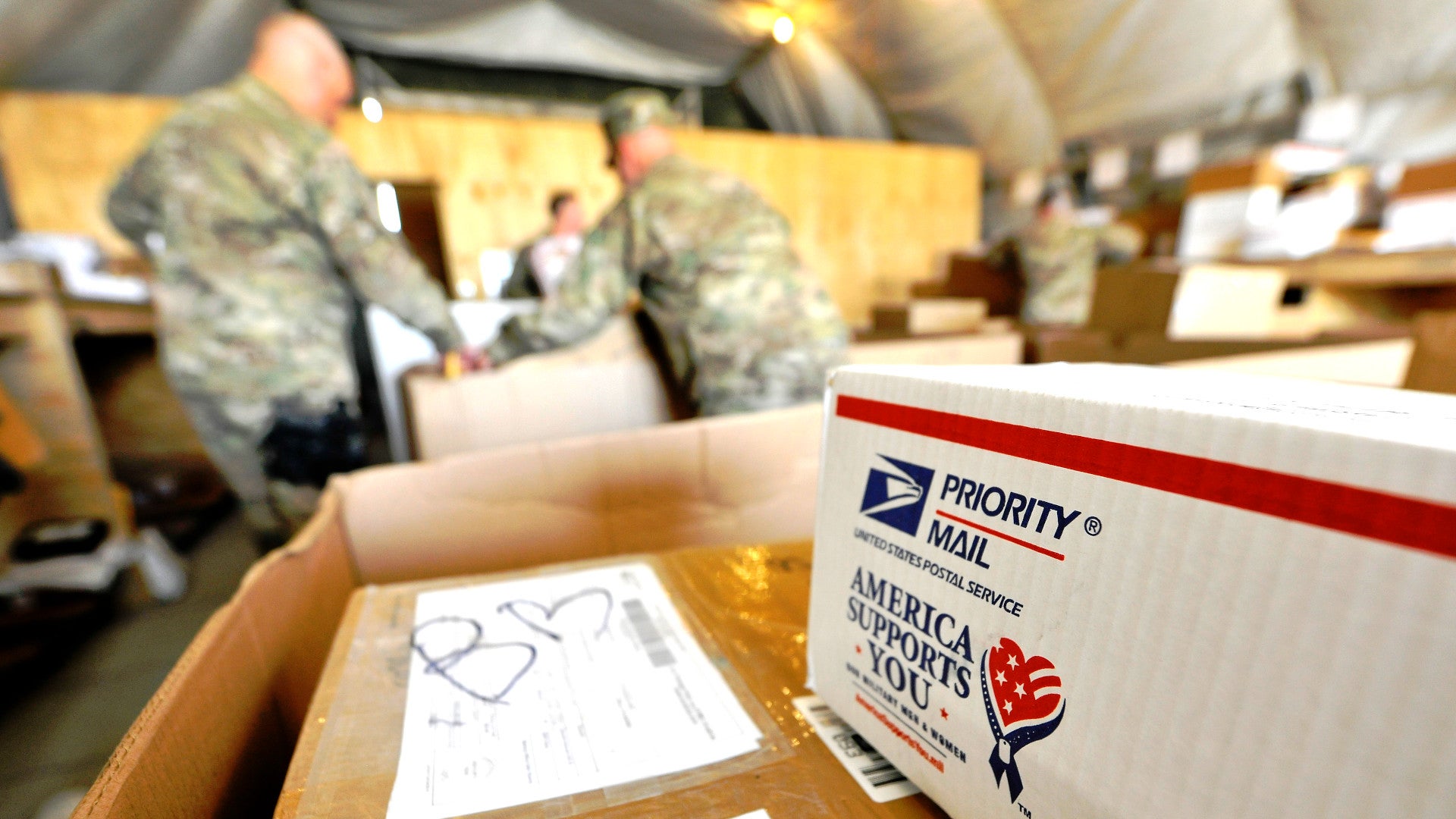The serious danger that the COVID-19 novel coronavirus poses in the United States and the major impacts it will have on everyday life, in both the near and long terms, are becoming more and more apparent every day. As federal, state, and local government responses become more expansive, there have been growing questions about what role the U.S. military might have in the coming weeks and months.
The U.S. military certainly has valuable medical resources available, both in terms of providing immediate care and conducting research toward vaccines and other treatments, and certain State National Guards elements have deployed to help disinfect municipal facilities and otherwise assist with localized quarantines. However, the military’s standing contingency plans for how it would go about augmenting the U.S. Postal Service could be one the most obscure and useful things at its disposal and speaks to the immense logistical capabilities that it possesses that could be brought to bear, if required. This could be extremely valuable, if not outright critical if disruptions in various supply chains become severe or if there is a need to transport and distribute large amounts of supplies rapidly into quarantine zones.
The U.S. military is prepared to act “in the event of a postal work-stoppage and the disruption of mail service on a national, regional, or local basis,” according to the 2006 version of U.S. Northern Command (NORTHCOM) Contingency Plan (CONPLAN) 2501, which covered all aspects of what is known formally as Defense Support to Civil Authorities (DSCA). “The DOD [Department of Defense] may provide DSCA in support of the U.S. Postal Service (USPS) to safeguard, process, and deliver mail in those areas affected.”
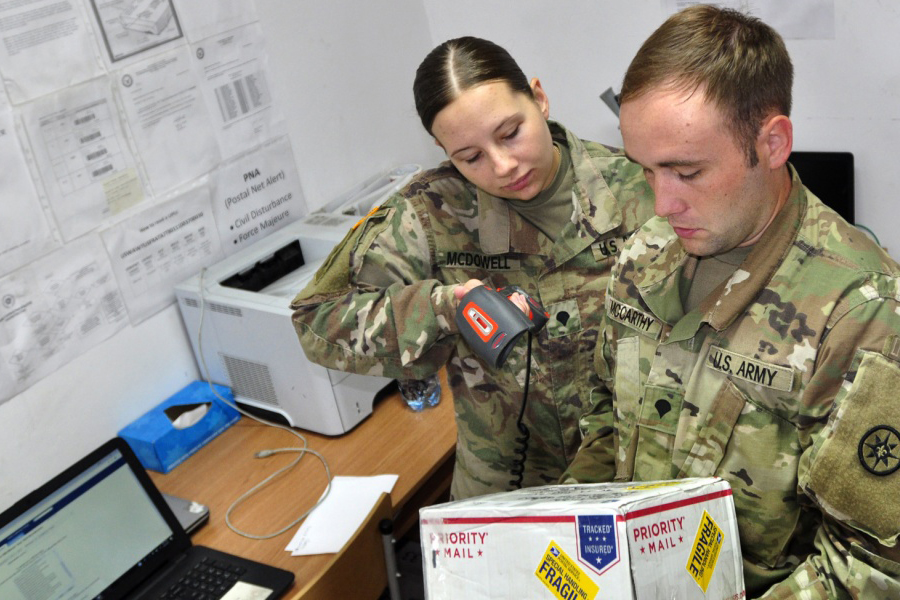
In 2008, NORTHCOM replaced CONPLAN 2501 with CONPLAN 3501, which also covering DSCA activities and continued to include plans for “Postal Augmentation.” As of 2012, this specific iteration of the plan was still in use, but it is unclear if it has been updated since then. U.S. military commands often review and update standing contingency plans, as necessary.
At least as of 2006, the concept of operations for augmenting USPS operations involved providing military personnel to sort mail and transport it between processing facilities, to include those at airports and railheads, as well as to lockboxes for delivery. The chain of custody for mail, the tampering of which is a federal offense, is heavily regulated, so troops would not be tasked with conducting home deliveries. However, they could collect and deliver mail to governmental and commercial addresses and staff customer service counters in post offices. Service members could also be called upon to maintain postal vehicles. The aims of all of these tasks are to reduce the strain on available USPS resources.
CONPLAN 2501 and 3501 both outline a nation-wide response. “All major DOD bases and installations … should be prepared to provide a basic Force Package Option of 100 soldiers,” according to the 2006 plan. Despite the use of the term “soldiers,” all services would be required to be on call to provide personnel. These augmentees would not necessarily have to come from existing Military Postal Service (MPS) elements, though Military Post Offices could assist by providing additional mail processing capacity. Task force headquarters would manage military Postal Augmentation operations in large cities, as necessary. Service members would receive orientation and a crash course in their assigned tasks from USPS personnel upon arriving at their assigned locations.
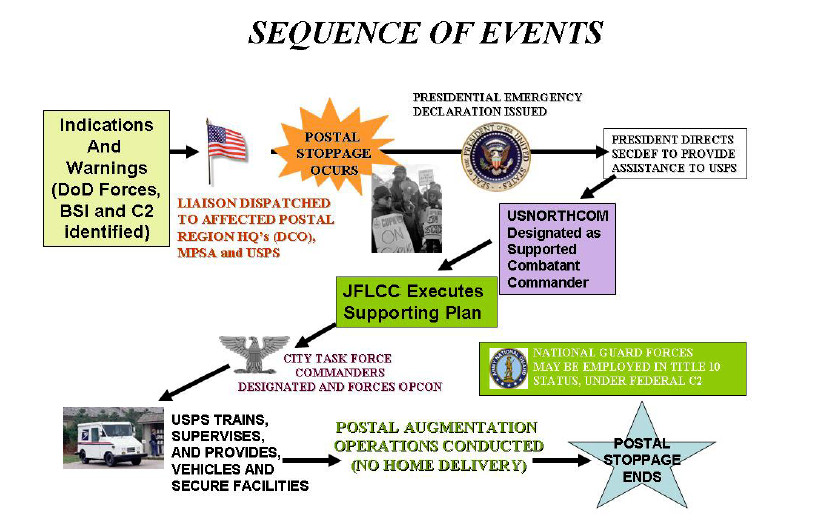
The original impetus for this contingency plan was the 1970 postal workers’ strike, which crippled America’s postal system and had numerous second-order effects. Most notably, at the time, stock market trading was heavily dependent on physical mail and there were concerns it would have to shut down entirely. In response, then-President Richard Nixon declared a national emergency and mobilized 24,000 active duty, reserve, and National Guard troops as part of Operation Graphic Hand. The strike thankfully lasted only eight days.
Afterward, the U.S. military retained the Graphic Hand operational plans in case they became necessary again. They were eventually subsumed into the larger Defense Support to Civil Authorities (DSCA) planning.
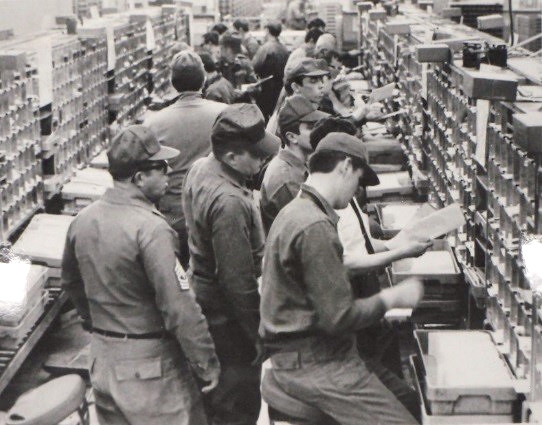
The Postal Augmentation plan has evolved significantly since 1970 to take into account other potential mail disruptions beyond something like a strike. Both the 2006 edition of CONPLAN 2501 and the 2008 iteration of CONPLAN 3501 notes that military personnel would be required to help “develop and implement procedures to screen, identify, and handle suspected contaminated mail” and “develop and publish emergency action procedures in the event a package is suspected of being contaminated.”
Both of these plans were notably issued in the years after the 2001 Anthrax attacks, which involved letters laced with that bacteria and killed five people, including two postal workers. It took years and cost millions of dollars to fully decontaminate two postal facilities that the letters passed through.

All of this is relevant to the situation the United States is facing with regards to COVID-19, including contamination concerns. Though much about the virus remains unknown at this stage, initial studies have indicated that it can survive on cardboard for up to 24 hours and on plastic and stainless steel surfaces for up to three days.
While the stock market, which has been rocked already by COVID-19 concerns, may not be as threatened by mail disruptions as it was in 1970, many people still rely heavily on the USPS, including for the delivery of vital prescription medicines. The United States, overall, is very much a “mail-order” – and now E-commerce – society that has become accustomed to goods arriving at people’s doors in relatively short amounts of time on demand.
Beyond these more mundane activities, the USPS may also have more elaborate functions as part of continuity of government operations, which entail various plans to ensure that the U.S. government keeps on running in the event of any kind of major crisis, from nuclear war to a pandemic. This could add additional emphasis to ensuring that the postal system remains functional. You can read more about U.S. continuity of government planning in this past War Zone piece.
Regardless, as the Centers for Disease Control and Prevention (CDC) and other federal, state, and local authorities increasingly encourage people to stay at home as much as they can, and amid talk of more aggressively enforced quarantines, delivery services of all kinds will see increased use and the strains that come with that. USPS already has deals to provide so-called “last mile” service for deliveries from some private companies, such as Amazon and FedEx, which will further add to its workload. With the likelihood that some number of postal workers will contract the virus for any number of reasons and will be unable to work, especially in instances where the symptoms are especially severe, ensuring that steadily more important delivery services continue as scheduled will only become more important.
It’s true that the USPS has scaled back its “last mile” activities in recent years as companies have looked to provide more of that capacity themselves. Still, those arrangements reflect the immense existing infrastructure and reach of the postal service, which is available to deliver items to the vast majority residential, commercial, and governmental addresses nationwide.
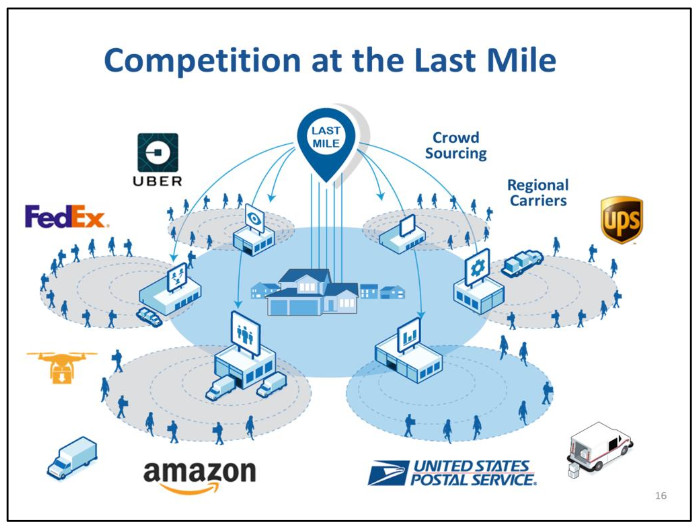
This raises the possibility of whether, with appropriate authorizations, the U.S. military might be able to help the USPS expand its role during this new national crisis to include deliveries beyond mail, such as food and other supplies, especially if certain cities or other designated areas find themselves under a more stringent lockdown. The National Guard in a number of states has mobilized small continents to help with quarantine related activities, but these personnel, and those in the other reserve components of the various services, may be limited in what they can reasonably be expected to do.
“If you mobilize the Guard and Reserve medical personnel from their civilian jobs … that directly impacts the community where they work,” U.S. Air Force Brigadier General Paul Friedrichs, the Joint Staff Surgeon for the Joint Chiefs of Staff at the Pentagon, said at a press briefing on Mar. 16, 2020. “That’s the trade off.”
The logistical capacity of the U.S. military, especially in the active component, from cargo aircraft to tactical trucks, might be a more readily utilized resource to augment services, such as the Postal Service, to help reduce strains elsewhere in various civilian and commercial supply chains, as well as military ones. With established relationships between USPS and private companies, such as Amazon, and networks of gig-economy workers already steadily more integrated into various supply systems, there is also the potential for cooperation in delivery services at various levels, in general.
It remains to be seen just how severely COVID-19 will impact daily life in the United States, but the consensus from experts seems to be increasingly that the worst is unfortunately still yet to come. As time goes on, depending on how serious the state of affairs in the United States becomes, the U.S. military may be called upon to perform a variety of different functions.
One of the most important roles American troops may fill in the end is propping up and leveraging existing delivery infrastructure, such as the USPS, to provide aid to average communities that may find themselves increasingly in need of critical supplies.
Contact the author: joe@thedrive.com
